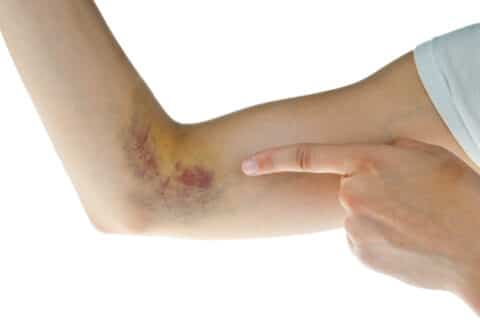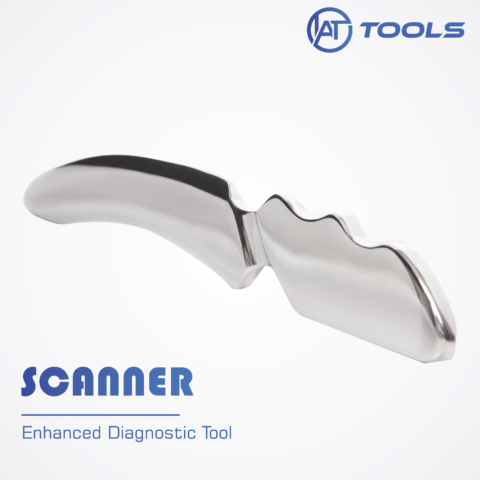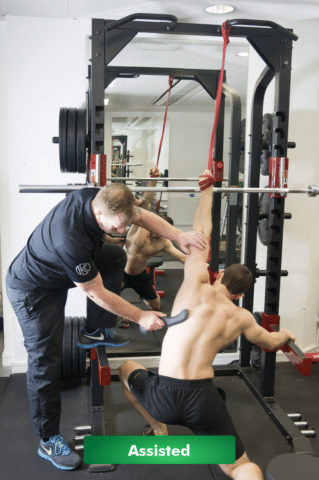Whilst there are plenty of IASTM techniques most of them aren’t worth learning. Many of the IASTM techniques focus on “scrapping” and “adhesion busting” which end up causing excessive bruising for the patient.
However, there are a couple of IASTM techniques that are still valuable and can be integrated into a practitioners patient evaluation process. But before we talk about how to apply them we need to understand why a practitioner would want to use them in the first place.
IASTM Techniques: The Diagnostic Concept
The Diagnostic Concept is used by practitioners that want to add an extra level to their client evaluation. The practitioner moves the IASTM tool over areas of the body that they suspect are dysfunctional. Even with great palpation skills, there are certain dysfunctional tissues that we simply can’t feel with direct touch. Many practitioners also use this technique as a backup to confirm their palpation findings of tigger points, myofascial bands or knots of muscle.
The most common application of the Diagnostic Concept is to produce physical feedback to the practitioner. As the tools run over the body they transmit vibrations to sensory nerves in the practitioners fingers, highlighting any dysfunctional tissue. This process is often called Diagnostic Feedback.
However, visual feedback & auditory feedback are also used under the diagnostic concept. Healthy soft tissue moves in a certain way when manipulated, observing how it moves whilst using IASTM instruments on the body can indicate areas of hypertonicity. Auditory feedback refers to the noise that IASTM tools make when moving over areas of dysfunctional soft tissue. Healthy tissue will usually make no noise at all when being manipulated. However, dysfunctional tissue that is very “granular” can create a very characteristic sound. Some IASTM brands have even been manufactured and made of materials to amplify auditory feedback to the practitioner.
IASTM Techniques: Scanning
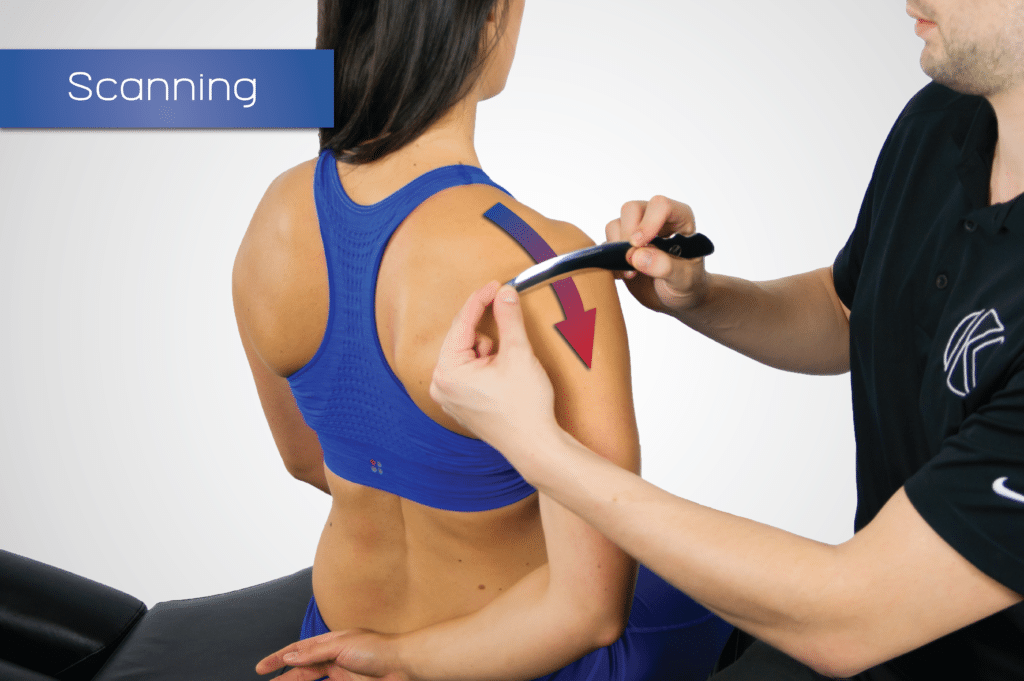
Scanning is one of the two diagnostic concept IASTM techniques. The aim is to gain valuable information relating to the underlying soft tissue structures and to use this to help plan appropriate treatment. The increased resonance with professional quality IASTM tools stimulates different sensory receptors in the clinicians hands. This then helps detect even the smallest changes in the soft tissues that palpation alone may not find. These IASTM techniques should support the practitioner’s other evaluation findings and quickly focus treatment techniques to the most important areas.
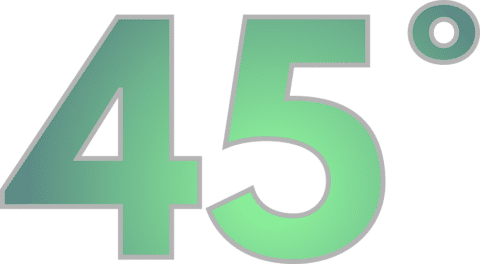
The tool angle to the skin should be approximately 45º. Not too flat so that you don’t get any physical feedback but not too aggressive an angle to create skin irritation.

Light pressure is used for the Scanning technique. One of the biggest mistakes most practitioners make when using the Scanning technique is to apply too much pressure. Less pressure will give you greater physical feedback from a good quality IASTM tool.
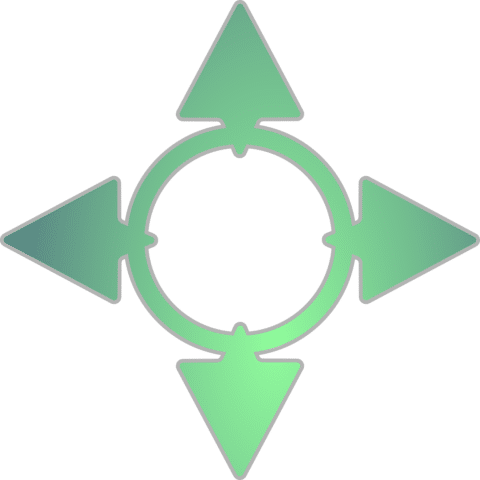
Scanning is a multidirectional IASTM technique. Fascia travels in many directions and we need to be able to scan through all those fascial planes as well as over other soft tissue structures.

Go slow when apply the Scanning technique. The other important mistake that most practitioners make is to go way too fast whilst applying this technique. A slow pass over the target tissue will give you a better chance of obtaining more diagnostic feedback.
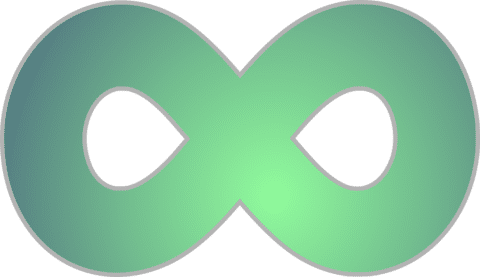
The infinite loop means you can use as many repetitions of this IASTM technique as needed. However, we want you to think of it as using as few repetitions as possible. The biggest mistake that most practitioners make are to go too fast and apply too much pressure. This usually results in the practitioner using too many repetitions to complete their scanning. If you make the goal to use as few repetitions of this techniques as possible, it will usually mean you will go slower and lighter. You will then be more effective at getting diagnostic feedback and more time and energy efficient. There is also a benefit for the client by limiting repetitions. Remember, this is a diagnostic, not a treatment, technique. By using too many repetitions you run the risk of irritating the client’s skin before getting to the treatment phase. Ultimately resulting in less treatment being applied before you have to stop. By minimising any irritation at this stage, more treatment techniques can be applied later.
Scanning can be applied in any position and then vary the amount of tension with the patient passive throughout the process. Putting more tensions on the system will make dysfunctional tissue in the superficial structures more obvious. Putting less tension on the system will allow the practitioner to assess deeper structures.
As an example, scanning the posterior surface of the forearm:
- If the practitioner extends the patient’s elbow and flexes the patient’s wrist into a stretched position, this will put increased tension on the posterior forearm muscles. Any dysfunctional superficial tissue present will be tighter and easier to assess.
- If the practitioner flexes the patient’s elbow to 90 degrees and keeps the patient’s wrist in a neutral position, this will decrease the tension on the posterior forearm muscles. The superficial structures will be more relaxed and allow the practitioner to assess deeper structures.
IASTM Techniques: Fanning
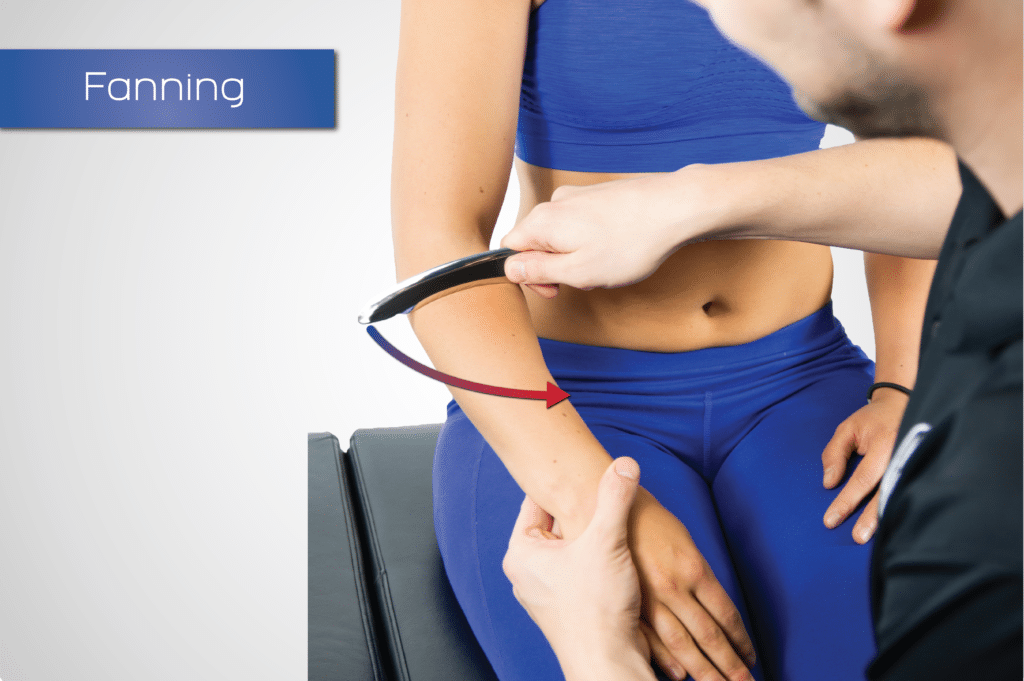
Fanning gets its name from the way the practitioner moves the instrument. One side of the tool remains relatively fixed in position whilst the other arcs around in circular motion, as seen in the picture above. It is the second of the diagnostic concept IASTM techniques and gives the practitioner a way to gain more information relating to the underlying soft tissues.
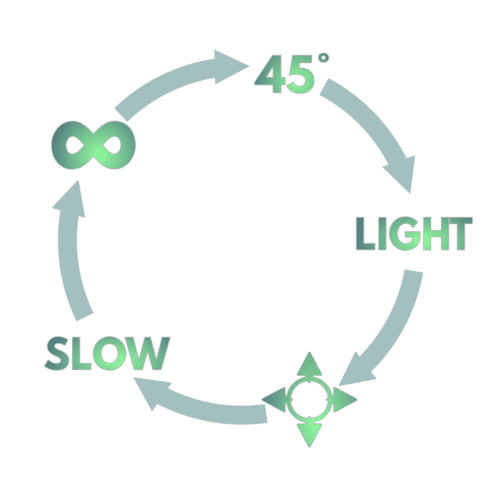
The Fanning IASTM technique shares the majority of the same characteristics as the Scanning technique which includes:
- Being applied at a 45 degree angle.
- The practitioner should use light pressure.
- It can be used in any direction.
- The technique should be applied slowly.
- Whilst the technique can be applied as many times as need, the practitioner should aim at using as few repetitions as possible. Quality over quantity!
Want to know more?
Want to know why we think you should avoid the majority of IASTM courses and look for better solutions? Then check out our page on IASTM Certifications here.
Don’t want to do Graston Technique? Looking to take your skills to the next level? Then check out our IAT® Neurology seminar video and information page here.
Want to know the most important factors about IASTM tools when it comes to the diagnostic concept and IASTM Techniques like Scanning and Fanning? Then watch the videos on our IASTM Tools page here.
Looking for a great tool for diagnostic IASTM techniques like Scanning and Fanning? Then check out the IAT® Tools Scanner here.
Want to find out how great practitioners resolve those stubborn cases that others just can’t fix? Then check out the page on the 4×4 Treatment Matrix here.

